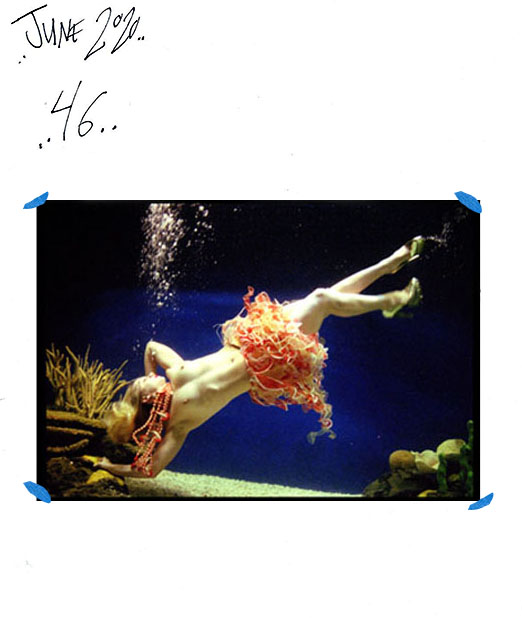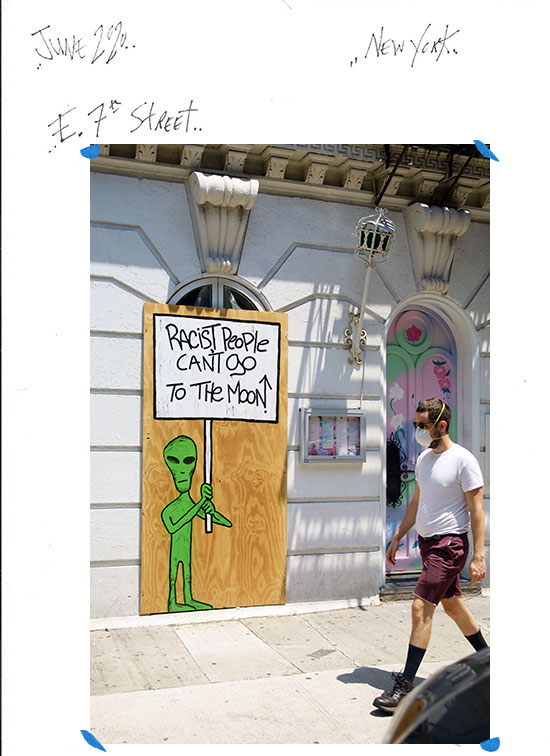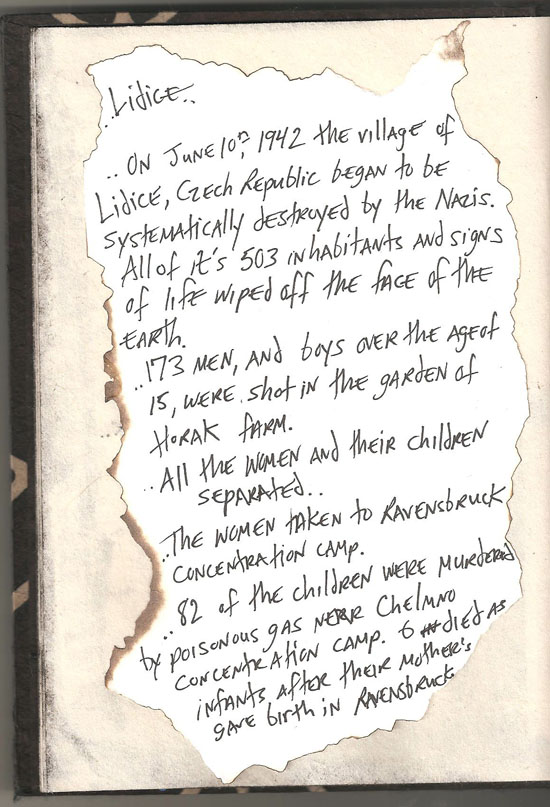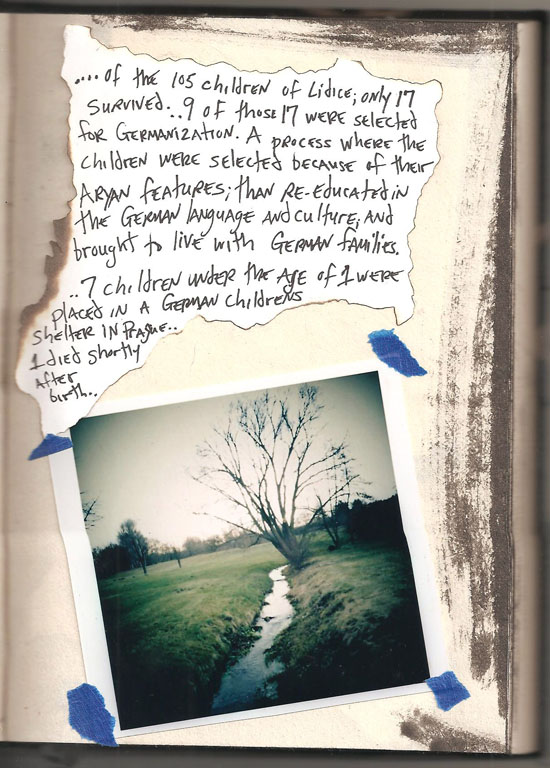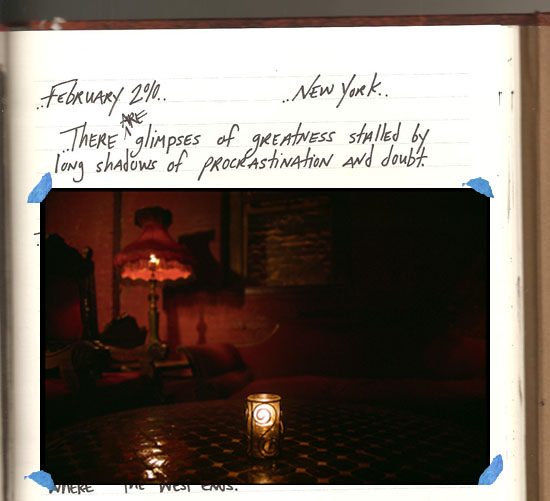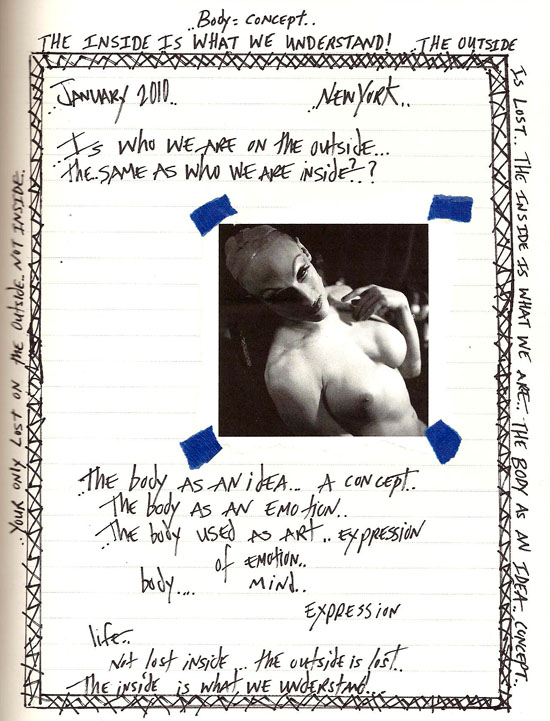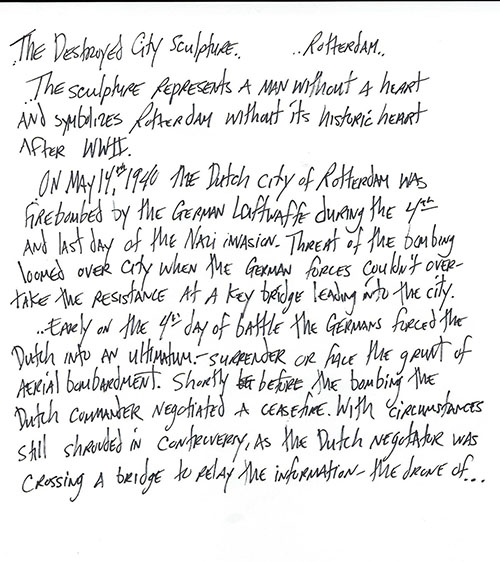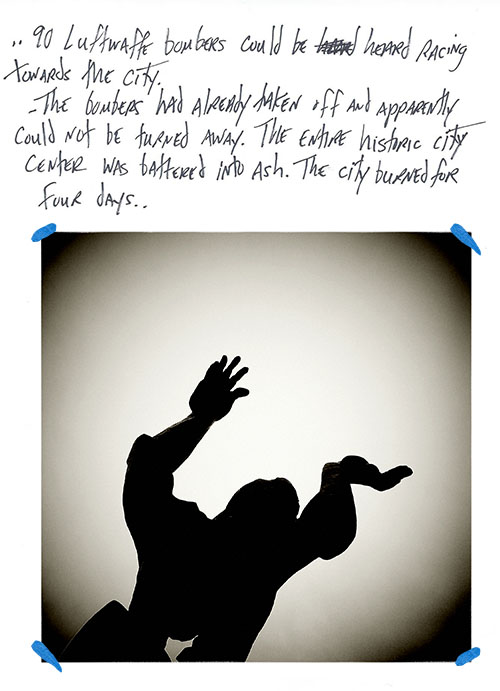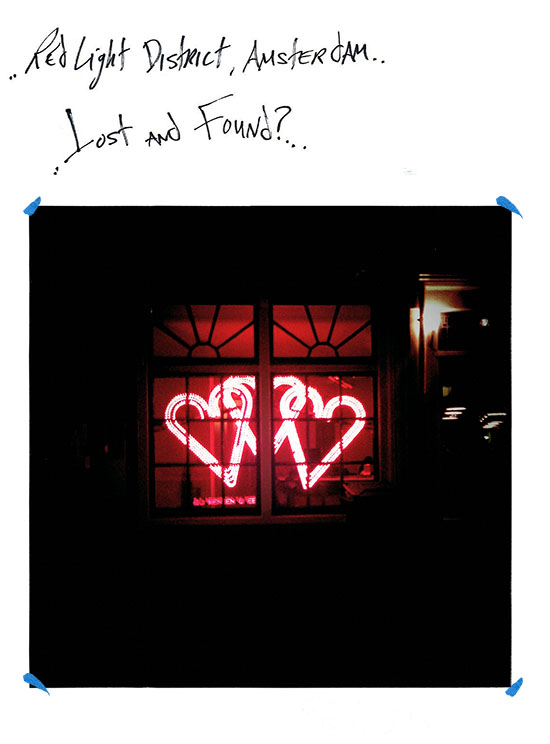“I used to believe the war was my parents war- that it was not part of my life.
They lost 40 friends to starvation and execution.
At the end of the 1980’s, I realized the war was a part of my life.
Once I went to therapy the memories came back.
Now I accept war is a part of my own history.”
-Dik de Boef
Dik de Boef was four years old on February 22, 1944 when the Allies bombed the Dutch cities of Arnhem, Nijmegen and Enschede. Two bombs fell on his family’s home.
“My
mother called my name. I was unconscious but after a couple of hours I
said “Yes, I’m here.” I was playing near a wall.
The two bombs created a vacuum- the wall and the roof collapsed on top of
me. It took hours to rescue me because only a small part of me was visible.
The first image I had was one of the rescuers hands covered in blood and the
mattress that they laid me down and brought me to the hospital on.”
The beginning of Dik’s life was dominated by the harsh reality of World War Two. He experienced several aerial bombings, the German occupation of Netherlands and the difficult period of time rebuilding after the war. He is photographed holding a piece of clothing he was wearing when he was
pulled out of the debris in Arnhem.

